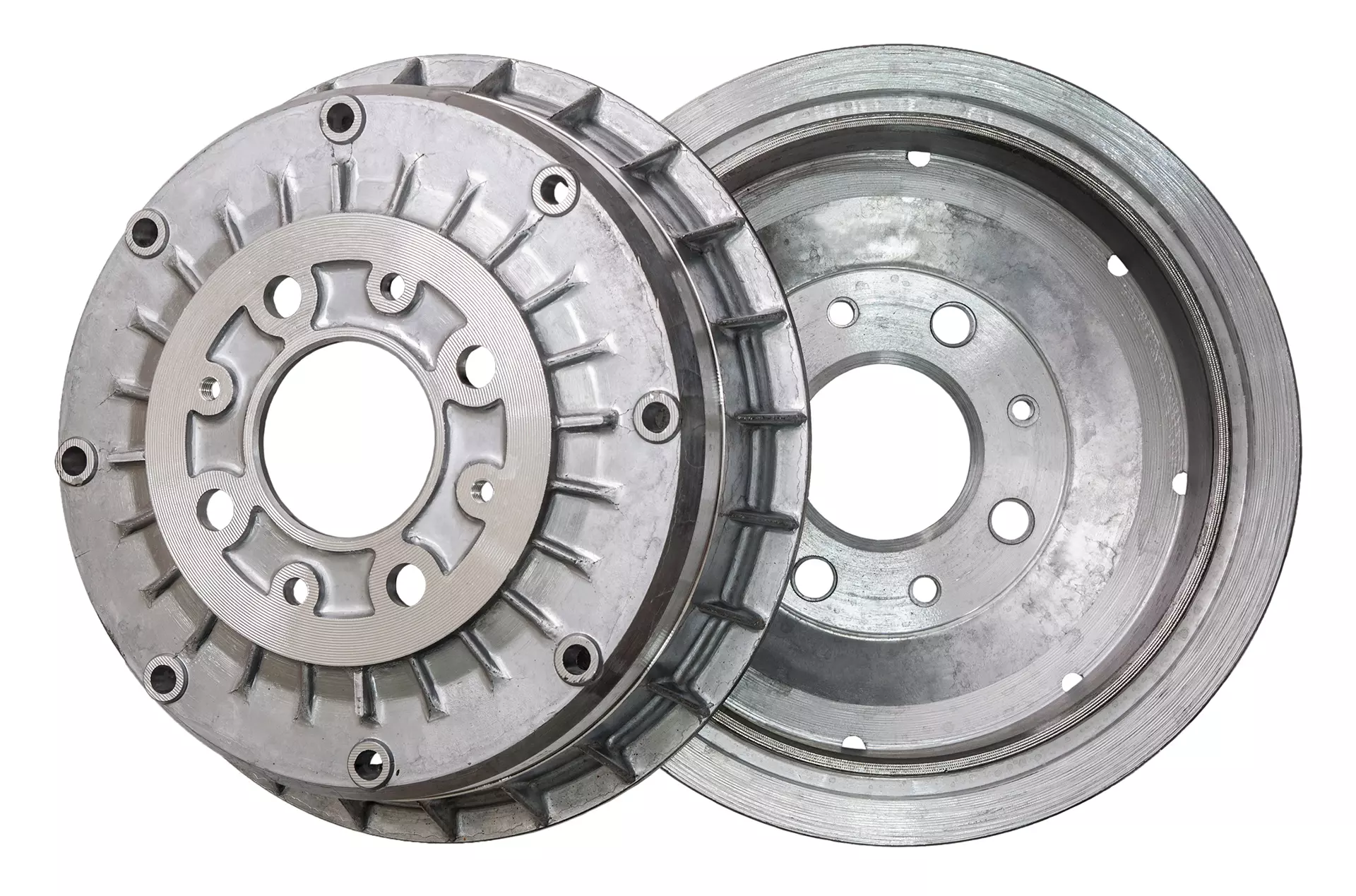
A brake drum is a cylindrical drum that is attached top the inside of a car’s wheel, and so rotates at the same speed as the wheel. The drum surrounds a set of brake shoes that are coated in materials that generate friction.
When the brake pedal is pressed, these shoes are pushed outwards against the inner surface of the brake drum, generating friction and so slowing the car down.
A brake drum is usually made of iron, rendering it resistant to wear.
Drum brakes have been around since 1900, when they were used on a Maybach vehicle, although the idea wasn’t patented until 1902 by Louis Renault.
However, drum brakes can be susceptible to heat generation, which can have an adverse effect on braking performance.

If the drum is subjected to a long period of hard braking the heat generated can cause the drum itself to expand, meaning that the brake shoes have to be pressed farther outwards to press against the drum’s inner surface.
This gives the car what is termed as a ‘long pedal’, because the driver has to press it farther down to get the same braking performance.
Drum brakes can also be susceptible to water ingress. If water gets into the drum it can end up ebing compressed between the brake shoe and the inside of the brake drum, and will have an adverse effect on the length of time it will take a vehicle to stop.
Unlike a drilled disc brake, there’s nowhere for the water to go, so it will continue to affect braking performance until sufficient heat is generated to vapourise the water. Only then will full braking be resumed.
Another downside of the drum brake is its relative complexity. They take more time to underdstand, and due to the number of moving parts they contain, take longer than disc brakes to service and overhaul.